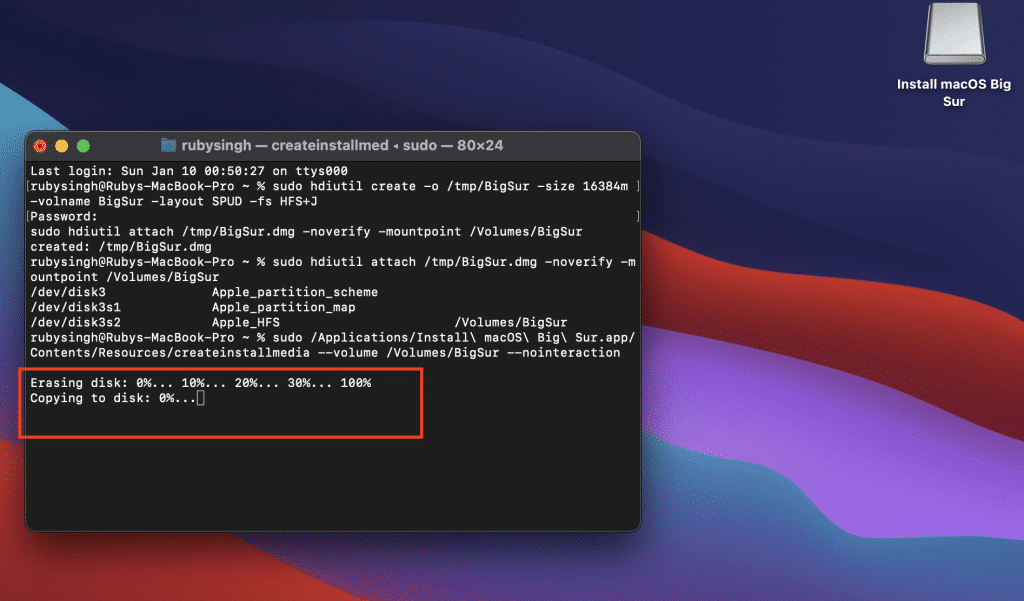

Since the point of volumes is to exist independent from containers, when a container is removed, a volume is not automatically removed at the same time. Remove dangling volumes - Docker 1.9 and later docker volume rm volume_name volume_name.Then you can remove one or more volumes with the docker volume rm command: Use the docker volume ls command to locate the volume name or names you wish to delete. Removing Volumes Remove one or more specific volumes - Docker 1.9 and later When you’re sure you want to delete them, you can add the -q flag to supply the IDs to the docker stop and docker rm commands: Adding the -a flag will show all containers. You can review the containers on your system with docker ps. docker images -a | grep " pattern" | awk '' | xargs docker rm.Note that these utilities are not supplied by Docker and are not necessarily available on all systems: Once you’re satisfied, you can delete them by using awk to pass the IDs to docker rmi. You can find all the images that match a pattern using a combination of docker images and grep. You can avoid this situation by providing a tag when you build, and you can retroactively tag an image with the docker tag command. Note: If you build an image without tagging it, the image will appear on the list of dangling images because it has no association with a tagged image. When you’re sure you want to delete them, you can use the docker image prune command:


They can be located by adding the filter flag -f with a value of dangling=true to the docker images command. They no longer serve a purpose and consume disk space. Dangling images are layers that have no relationship to any tagged images. When you’ve located the images you want to delete, you can pass their ID or tag to docker rmi:ĭocker images consist of multiple layers. This will show you every image, including intermediate image layers. Use the docker images command with the -a flag to locate the ID of the images you want to remove. Removing Docker Images Remove one or more specific images To additionally remove any stopped containers and all unused images (not just dangling images), add the -a flag to the command: Purging All Unused or Dangling Images, Containers, Volumes, and Networksĭocker provides a single command that will clean up any resources - images, containers, volumes, and networks - that are dangling (not tagged or associated with a container):
#Force unmount disk mac terminal windows#
Note: The command substitution syntax, command $( command), used in the commands is available in many popular shells, such as bash, zsh, and Windows Powershell.


 0 kommentar(er)
0 kommentar(er)
